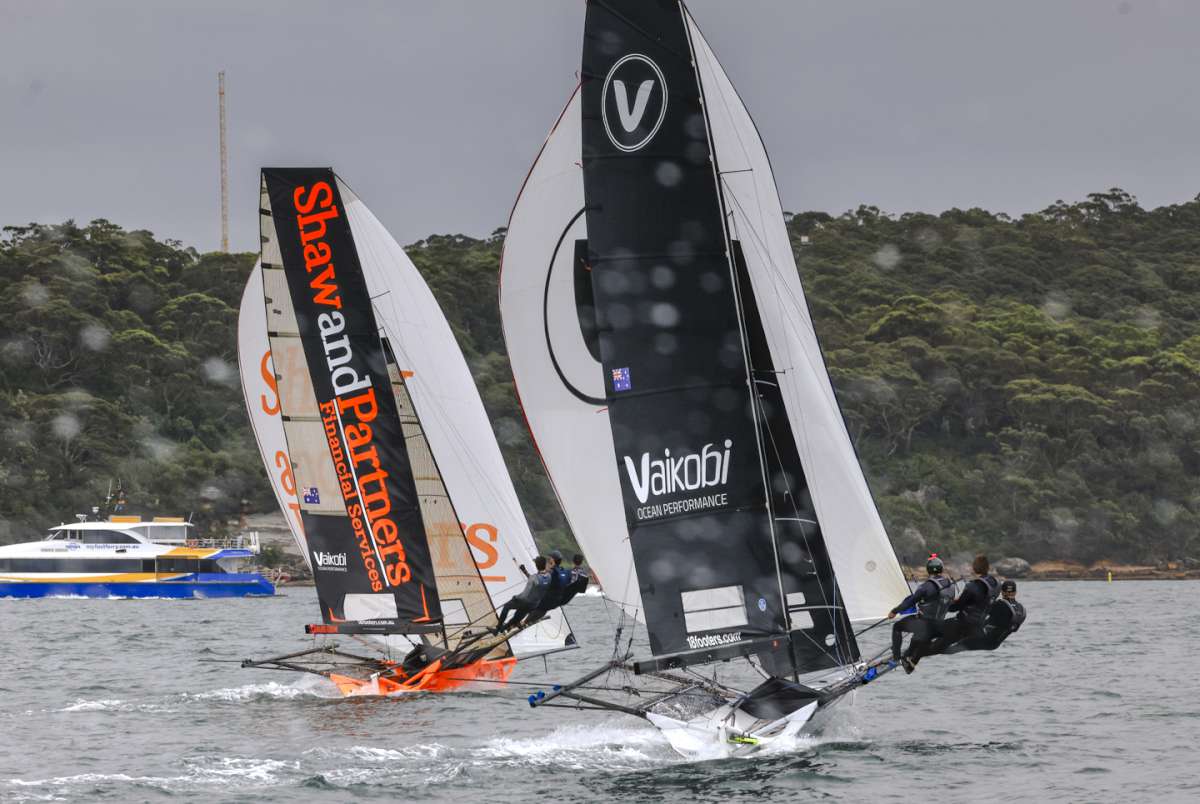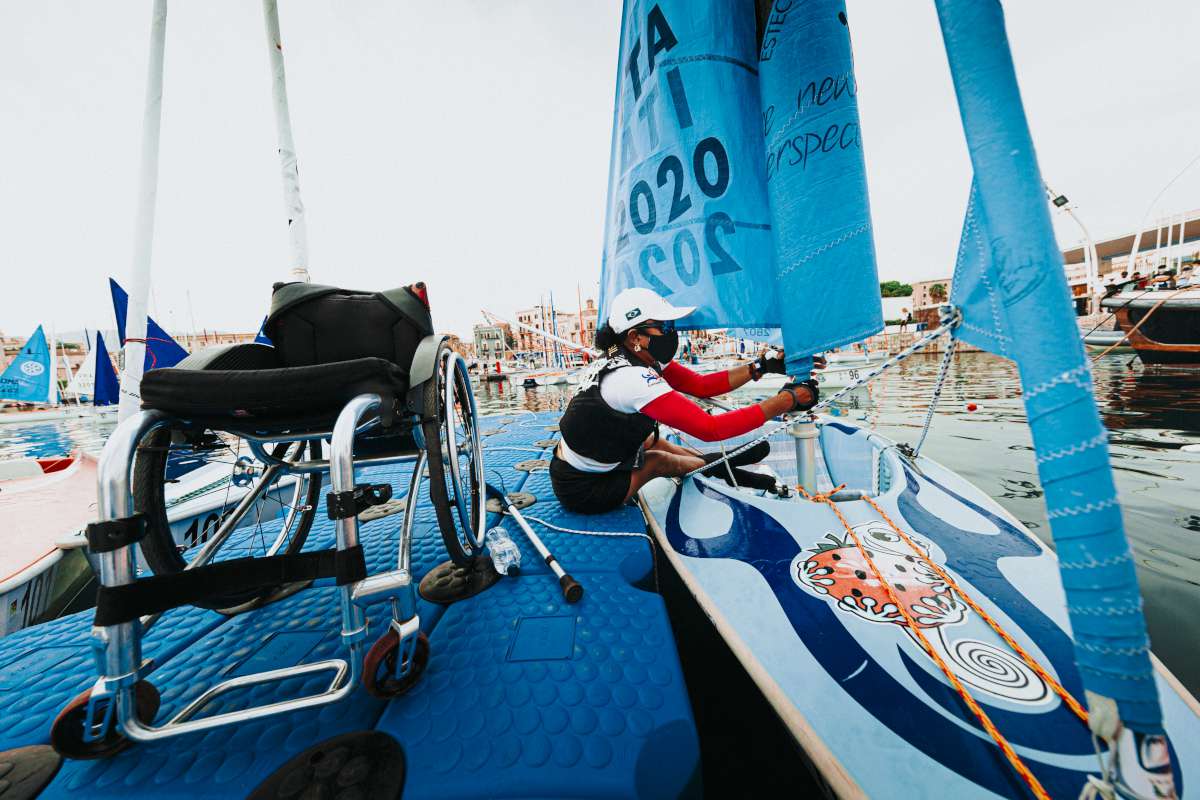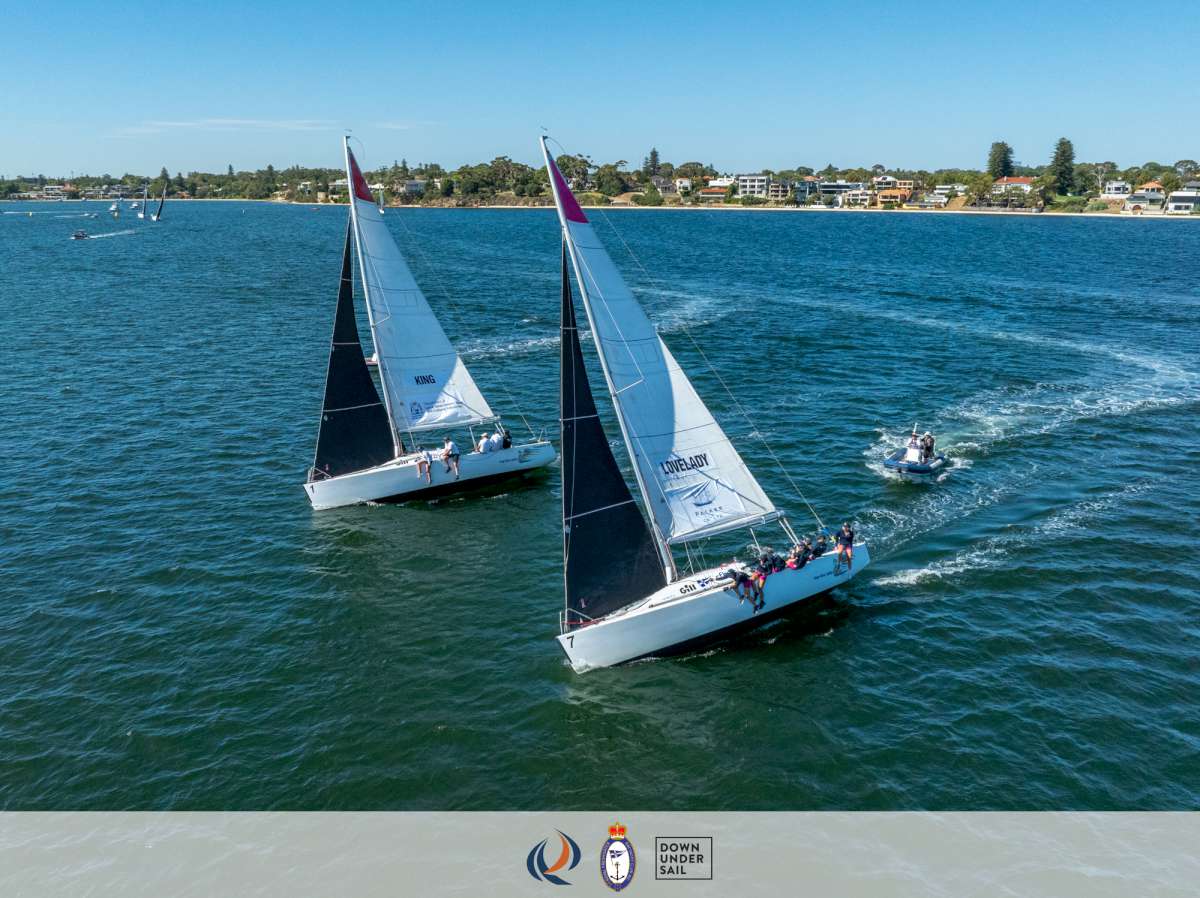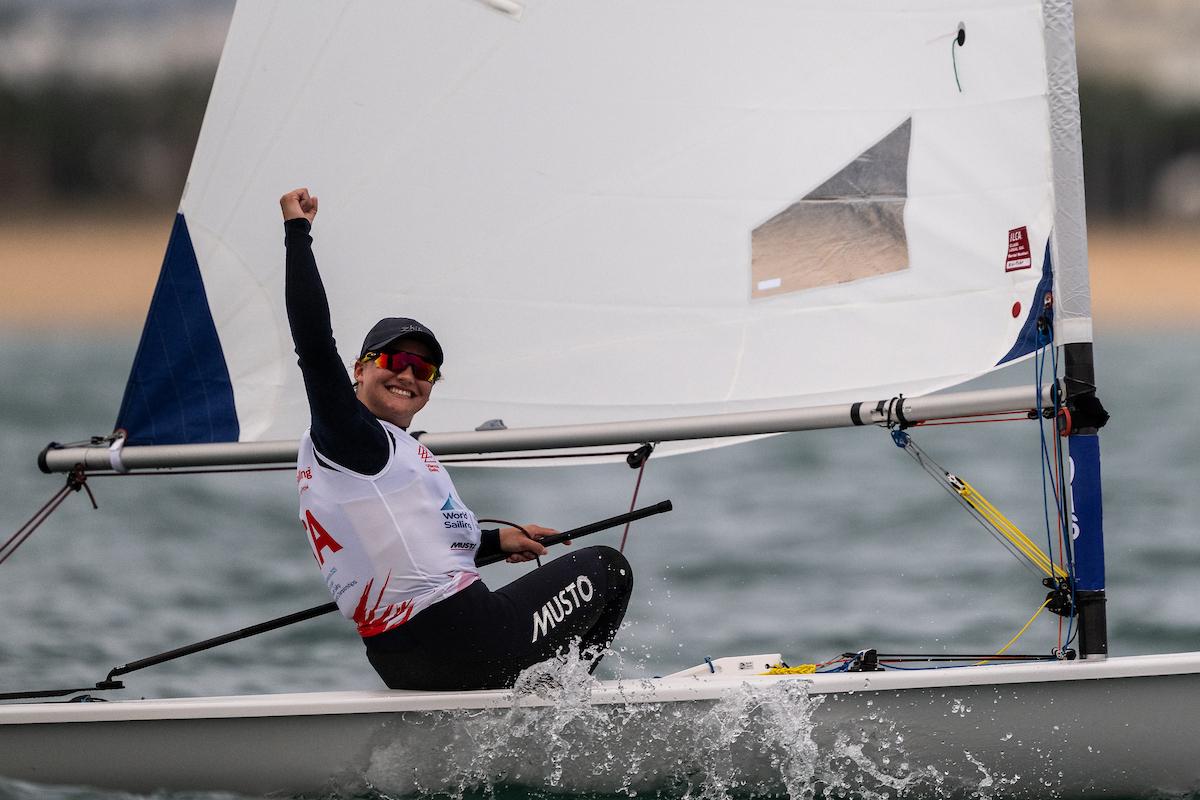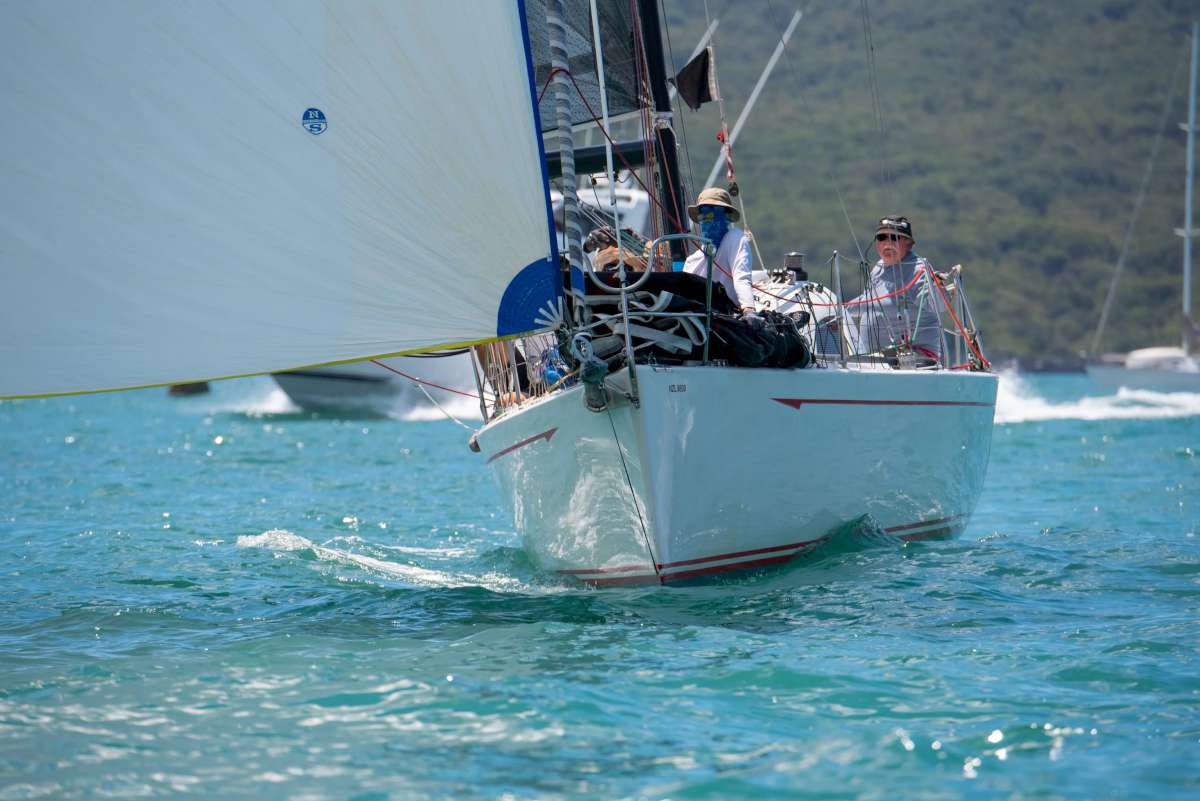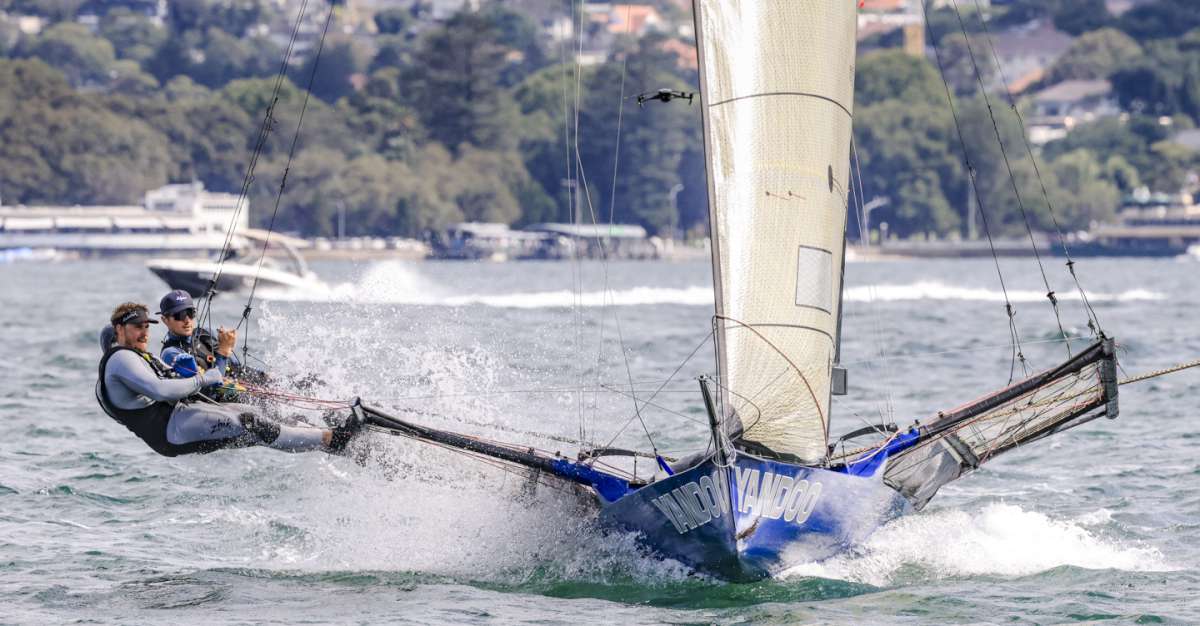It is almost a generation since 1994, when GPS finally relegated celestial navigation to being just an intermittent, time consuming and relatively inaccurate backup method of position fixing.
It is true GPS was preceded by the Transit satellite system from 1964 and low frequency Omega from 1971. Both of which had global coverage but receivers were bulky, expensive and far less accurate, reliable, or useful than GPS, so take-up was slow.
Sextants remained in daily use on most ocean-going ships and yachts well into the 1980s at least.
Celestial navigation depends on four things: a sextant to measure the angle of the sun, star, planet or moon above the horizon; data on the positions of those objects in the sky at any given second ie. a nautical almanac; a method of calculating spherical trigonometry such as sight reduction tables or, these days, a calculator and, most importantly, knowing the precise time of the observation. An error of four seconds is enough to shift the calculated position line by
up to a mile.
Although radio began to be used for transmitting time information in the 1920s, it is really only since the early 1940s that HF radio time signals from WWV and other stations gave sailors everywhere on the high seas a reasonable expectation of being able to check their clocks directly against Greenwhich Mean Time; or, as it has now become, universal time coordinated (UTC).
But radios and radio propagation are not completely dependable so until about the mid 1970s when quartz watches brought unprecedented portable time keeping accuracy, ships carried their own special types of clocks, called chronometers.
These were once the marvel of the age, representing the pinnacle of over 700 years accumulated development in clockwork
time-keepers.
Insurers required two chronometers on some ships into the 1980s, each serving as a back-up and check on the other. Now just very desirable collectors’ items, sic transit gloria mundi.
Chronometers
On land in the 18th century, clocks were generally powered by a suspended weight and regulated by a pendulum. These became uselessly inaccurate on a pitching and rolling ship.
When finally developed, successful seagoing clocks were powered by energy stored in a wound-up mainspring, released at precise intervals by an ‘escapement’ mechanism that itself involved an oscillating spring. Spring powered and regulated pocket watches had already long existed, but did not then keep very reliable time even on land.
The story of the development of H4, the first clock that was practical to carry on a ship while remaining accurate, by John Harrison in 1761 is well known. As is the fact that Captain Cook carried a copy made by Larcum Kendel (known as K1) on board the Endeavour when exploring the South Pacific in 1772.
Cook also made use of the ‘lunar distance’ method of independently establishing time, which had been a serious contender for the 20,000 Pound Longitude Prize eventually awarded to Harrison for H5. That clock gained only 4.5 seconds in ten weeks, far more accurate than any land clock of the day.
H4 looked like a rather large pocket watch, 12cm in diameter, but incorporated many significant technical innovations: the first caged ball bearing and a balance wheel using a three-coil hairspring adjusted automatically by a bi-metallic temperature compensating ‘fork’.
Pierre Le Roy, Berthoud and other French makers spurred on by a goverment similarly alive to the military importance of accurate navigation, also joined the race. But made timepieces which, like Harrison’s and his countryman Thomas Mudge’s, were extremely complex individually crafted machines and impractical to replicate in large numbers.
Although innovators on both sides of the English Channel contributed to its development, the ‘Spring Détente’ escapement designed by Thomas Earnshaw proved to be the key to practical seagoing timepieces. Easily and cheaply made by any competent watchmaker, it has been the dominant design ever since 1780.
Chronometers in turn became the key to relatively safe and reliable international navigation. A significant factor in the rise
of the British and French maritime and
military empires.
Using chronometers
Ships chronometers were not used directly to determine the time of a sextant observation. Its role was as a reference against which another watch, known as a deck watch, would be used and compared. These watches were also made to the highest possible standard and are now particularly collectable.
Clockwork chronometers usually gain rather than lose time but the important attribute is that their rate of gain or loss is known and does not change despite rough weather or varying temperatures. Chronometers had to be periodically serviced but, provided this was done, post-war were generally expected to have a rate of two seconds or less per day.
Chronometers were only reset when some independent accurate source of time was available.
Before the invention of radio, this was one role of the famous Flamsteed Ball at Greenwich observatory, dropped at 1pm precisely every day. This time was based on a pendulum clock, itself checked against the sun’s meridian passage which differs from 12:00 by up to 15 minutes, but by an amount known as ‘The equation of time’ that can be accurately predicted.
More usually ships within sight of this falling ball would just note the difference between it and what their chronometer showed. Over a period of days and weeks, these notes allowed them to know or confirm the average rate at which their chronometer gained or lagged each day.
Months later, far at sea, the actual time was calculated by applying the assumed accumulated gain or loss to what the chronometer actually showed. If for example its rate was believed to be 1.6 seconds fast per day: 100 days later, 160 seconds equals two minutes and 40 seconds would be deducted from its face value for navigation purposes. Plus for resetting the lesser clocks and deck watches on board.
Of course the rate did vary a bit and was not known to any great precision either, so errors accumulated, making celestial navigation increasingly less reliable the longer the ship had been at sea. Navigators therefore still took every opportunity when they knew where they actually were to check their chronometers using celestial observations. Observatories with falling balls were established in many ports around the world. Over sixty are said to still exist and a few (Sydney’s among them) remain in operation, largely for tourism and educational purposes.
Chronometers in the 20th century
H4 may have looked like a big pocket watch, but as the age of sail gave way to coal and then oil-fired steamships, chronometers developed.
From 1858 the UKs most prolific chronometer manufacturer was Mercer who operated until 1976 producing some 30,000 individually hand-made units.
During WW2 Mercer could not keep up with demand so the watchmaker Hamilton won a tender to manufacture in the USA using interchangeable parts. Hamilton made particularly accurate chronometers, almost eliminating variations caused by thermal expansion through extensive use of the dimensionally stable alloy known as Invar. Almost 12,000 Hamilton chronometers were produced from 1943 through to 1955.
By the 20th century a chronometer looked quite a lot like a compass, with a horizontal face, suspended in gimbals and typically cosseted in a timber box with a glass lid. The chronometer was turned over for winding with a key through the back. This avoided accidentally disturbing the hands. Adjusting the time involved removing a cover and typically required a special key incorporating a ratchet to prevent it being turned the wrong way.
Most were two-day clocks intended to be wound daily, although some were eight-day for weekly winding. The dial had hour and minute hands with a a sub-dial indicating the seconds and another sub-dial showing how much tension remained in the mainspring – a positive confirmation that it had indeed been wound by whoever’s job it was to do so.
Winding the main spring at regular intervals tended to average out slight differences in the rate due to declining spring tension. Rapid rotation of these chronometers using Détente escapements could actually cause them to stop, so this design was not useful in aircraft, which can have much more violent turning motions than ships.
Clockwork chronometers are an anachronism today. Not only quartz analogue watches, which use electronically generated oscillations to regulate an electrically powered clockwork mechanism, but even cheap, fully solid state digital watches typically gain or lose less than a second per day and some more expensive types less than a second per month.
But two other types of clocks do remain in use on some boats, and indeed in some homes.
Tide clocks
As everyone knows, tides are created by gravitational attraction of the moon and, to a lesser extent, the sun.
The time taken for the moon to orbit the earth once, as seen by an observer on the ground, is on average 29.53 days, a Synodic month. Consequently, the time of the moon‘s meridian passage gets later by 48.76 minutes each day (24 hours divided by 29.53), and, if the moon was the only factor, successive high or low tides should be 12 hours, 24 minutes and 23 seconds apart.
When averaged over the month, this is broadly true on about 60 per cent of the world’s coastlines where the tides are said to be semi-diurnal – half daily. Due to regional and local geographic effects, the other 40% of coasts experience either diurnal (daily) tides that relate more to the sun than the moon, or a mixture of the two.
Astronomical clocks of various types have a long history and devices that drive a display showing current phase of the moon have been around since the 17th century.
Modern time and tide clocks however are usually just ordinary quartz regulated electric clocks with an additional tide-hand driven by gears from the rest of the mechanism.
The usual gearing to do this produces a tidal interval of 12 hours and 25 minutes exactly, which is 37 seconds longer than the real average of 12 hours, 24 minutes, and 23 seconds. So most time and tide clocks lose 37 seconds each tide, which accumulates to approximately half an hour over a Synodic month.
Such clocks must have their tide hand reset at least monthly to retain any useful degree of accuracy. Resetting is easy using a thumbwheel at the back of the mechanism and should be done at full or new moon, or both if you like! This is when the sun’s gravitational pull is roughly aligned with the moon and when (within a day
or so) Spring tides occur.
At first quarter the sun leads the moon by ~6 hours and the time of high tide may be around half an hour earlier than the moon’s Synodic motion alone would suggest.
The solar tide then competes for water with the lunar one, producing Neap tides. At last (or third) quarter the sun lags the moon by ~6 hours, so tides instead tend to be delayed and again are Neaps.
These solar effects, plus the progressive 37 second/tide loss of synodic synchronisation, are fundamental limitations of most time and tide type clocks. But provided you are aware of this and do remember to reset the tide hand each full or new moon, these clocks are of course still useful for many purposes.
Quartz tide clocks without hour and minute hands could in principle be regulated to follow the synodic month pretty exactly, but I am not aware that any commercial products actually do.
Tide clocks that take some account of the sun’s contribution have been demonstrated, but where accuracy is important and particularly if one wants to know the height as well as the time of the tide which sailors often do, better clocks are not the answer.
Tide tables are calculated based on historical records linked to the accurately predictable positions of the sun and moon. Although analogue machines were developed to predict tides in some places such as at London, these days you can have an app on your smartphone that will predict tides accurately enough for most purposes.
Ships clocks
Decorative ships clocks are, of course, found on many yachts, sometimes with a matching aneroid barometer.
Most current models are quartz regulated, battery powered. But wind up clockwork models are still made.
Some more expensive models can chime using the traditional eight-bell watch keeping system. Spring powered versions of these ships bell clocks have two springs, one for the clock and the other to power the bell striking mechanism. Some electric versions have fake key ports so they look like a traditional wind-up clock!
The mechanism that controls when and how many times the bell strikes is another example of mechanical ingenuity. Essentially the same device, referred to as a ‘rack and snail’ because of the snailshell-like shape of one component, is used in domestic chiming mantle clocks. Except they chime from one to twelve strikes at hourly intervals, whereas ships bell clocks chime from one to eight bells over four hours, at half hour intervals. This suits the traditional four hour watch keeping routine still used on many commercial and naval vessels.
Most ships bell clocks allow the chiming to be silenced and some modern electric ones even silence themselves automatically at night, as not everyone appreciates bells tinkling every half an hour while trying to sleep!
However, since you generally know what the time is to the nearest four hours anyway, the bell count does allow you to know the actual time each half hour. This can be useful if you do happen to be lying there in the dark.
Andrew Bray
This article appeared in the December 2015 Cruising Helmsman, subscribe now to read more:









